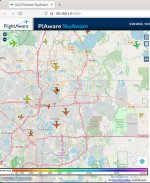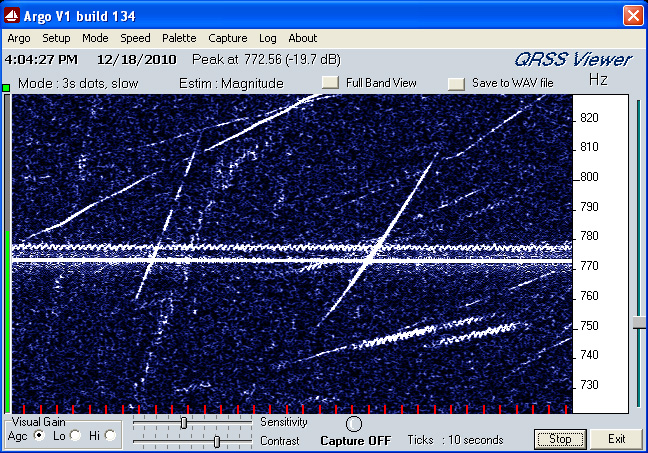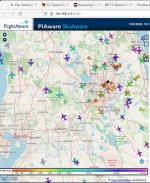Yes, you absolutely can hear / detect the reflections of radar pulses, or any other RF, off of aircraft. Research "bistatic radar" and "passive coherent location".
I recommend you do not initially try to look for specific radar signals, but rather pick more common RF sources to look at. It is tempting to use FM radio signals as a source, and this is absolutely doable, however the Doppler shift imparted on a CW (by this I mean CW, continuous wave, not CW, Morse code) signal is far easier to hear and detect. There are a number of signals that are handy for this, but I like the ATSC pilot tone on TV channels.
Frequencies below are approximate, I have noted not all stations are dead on the money with regards to frequency.
Lets say you have a local RF channel 7 TV station. Not one that identifies as channel 7, but one that transmits on channel 7 regardless of the identified TV channel. There will be an ATSC pilot tone associated with this transmission on 174.310 MHz. Tune a stable receiver to 174.309 MHz, in USB mode, and you will hear (and be able to plot) a 1 kHz tone from this transmission. Point an antenna at the area you think aircraft will transit.
You should see the Doppler shift that aircraft put on that pilot as they transit that area. You will also see the pilot tone, but the Doppler shift can be clearly seen (and heard) if you put the audio into something like a waterfall spectrogram.
Here is an example of what I mean. I am tuned to 174.309 MHz, in USB mode, with my antenna turned in such a direction that I am looking at the approach to LAX. You can clearly see the strong 1 kHz tone of the ATSC pilot, but you can also see the targets reflecting RF.
A different time of the same day, when there are more departures than landings, and the antenna more oriented towards the departure end.
T!





